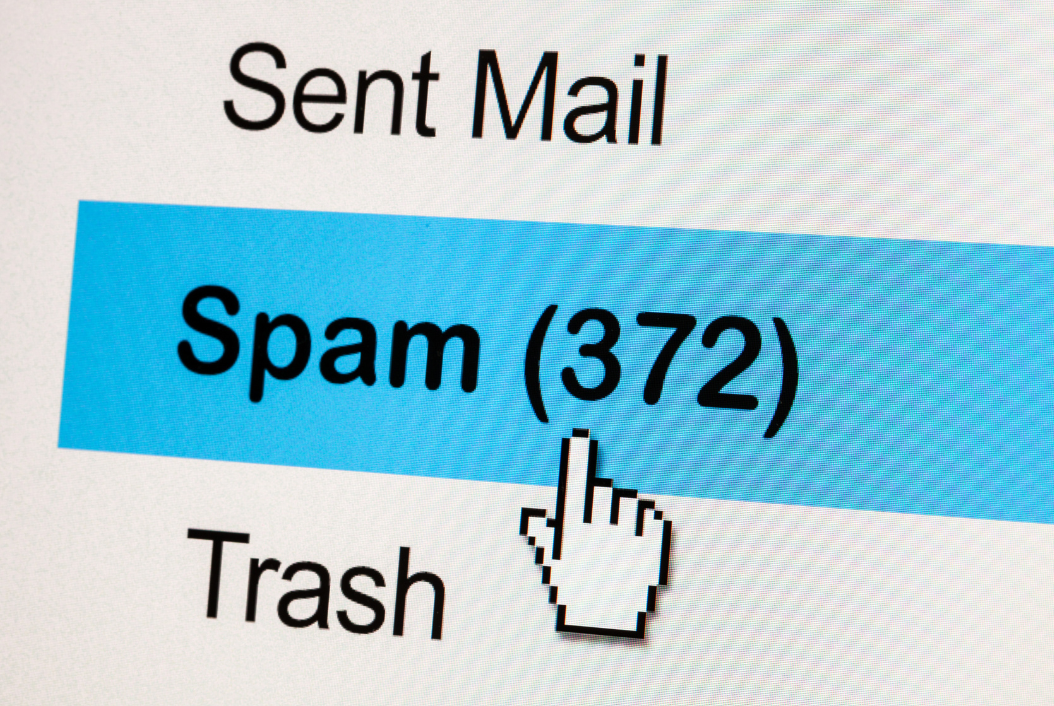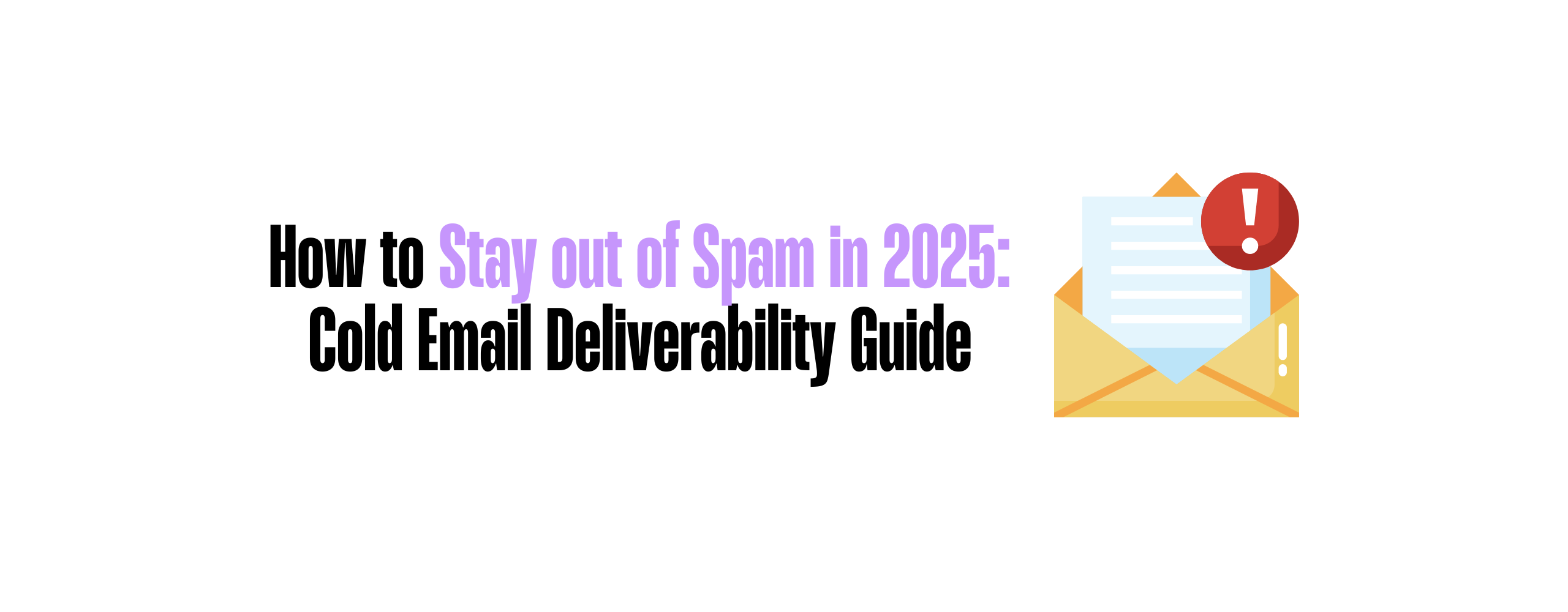If you're still thinking of deliverability as just "warming up your domain," you're already behind. In 2025, email platforms like Gmail and Outlook have evolved into full-blown machine learning systems. They no longer just check your SPF records - they evaluate tone, velocity, audience quality, and engagement patterns.
In this guide, we'll break down what’s changed in email deliverability, what matters now, and how to keep your cold emails out of the spam folder.
The New Rules of Deliverability
Spam filters have gotten smarter - much smarter. You can’t brute-force your way into inboxes with volume or trick them with fake personalization.
In 2025, staying out of spam means treating deliverability like infrastructure. It's not just about having good copy; it's about sending from a clean, well-behaved system that prioritizes consistency, accuracy, and relevance.
What’s Changed Since 2022
Back in 2022, warming up domains and using merge tags was enough to get by. Today, that’s table stakes.
Modern spam filters - especially those powered by Gmail’s AI - are context-aware. They detect tone, erratic sending patterns, recycled lists, and even vague messaging.
If your emails feel like a blast or contain low-quality signals, they’ll get buried - even if technically everything looks right.
Bounces, spam reports, and even low engagement are now weighted more heavily and can tank your deliverability across an entire sending domain.

Your Deliverability Scorecard: What Actually Matters Now
Domain Reputation
Your domain’s reputation isn’t just about age - it’s about behavior. If you go from zero to 3,000 emails overnight, you’ll raise red flags. If recipients mark your messages as spam, expect a chilling effect across the board. Gmail and Outlook penalize unpredictability and complaints faster than ever.
Technical Setup
SPF, DKIM, and DMARC are non-negotiable. These email authentication protocols verify that you’re a legitimate sender. Without them, even your best emails won’t make it past the first spam filter checkpoint.
Sending Behavior
Consistency is critical. Regular daily volumes, gradual ramps, and steady cadence win over volume spikes. If you’ve sent nothing for a week and then push 10,000 emails on Tuesday, you're going to get flagged.
List Quality
In 2025, using stale data is as risky as using bad copy. Spam traps are smarter and more subtle. One outdated contact can drag down your domain. Use real-time enrichment and validation to ensure every contact is fresh, reachable, and relevant.
Engagement Signals
Filters don’t just look at opens and replies anymore. They analyze reply sentiment, forward activity, and dwell time (how long someone views your email before closing it). If people don’t engage with your messages, your next batch will suffer.
.png)
Why Personalization Still Matters (But Only If It's Real)
AI-generated intros are everywhere - but spam filters are learning to spot them too.
In 2025, personalization must add value, not just novelty. Referencing a first name or a recent funding round isn’t enough unless you tie it back to a meaningful insight.
The best-performing cold emails now use live data signals: hiring surges, product launches, tech stack changes. And they pair those signals with an offer that feels useful - not intrusive.
If your message isn’t helpful, no amount of personalization will save it.
The Tools That Actually Help in 2025
You don’t need more tools—you need the right stack, working together:
- Clay: To source, enrich, and filter leads based on real-time signals
- Dropcontact / NeverBounce: For validating email deliverability before you ever hit send
- Smartlead / Instantly: For managing inbox rotation, delivery logic, and cadence pacing
- GPT-4 or Clay’s built-in AI: For structured, intent-aware messaging
- Mailreach / Warmy: For monitoring sending health and domain reputation over time
The key isn’t just owning these tools - it’s integrating them into a consistent, logic-driven system.
.png)
How to Recover If You Land in Spam
Even great setups get flagged. The key is knowing how to bounce back:
- Pause all sending for 48–72 hours to avoid further damage.
- Audit your recent campaigns: Look for sudden list changes, spammy CTAs, or poor personalization.
- Rewarm with a clean, small batch: Send only to high-engagement segments (e.g., recent responders).
- Rotate inboxes if needed, but don’t burn through new domains—you're just kicking the can.
- Adjust tone and cadence, then restart gradually and monitor engagement closely.
Final Word: Deliverability Is a Systems Problem Now
You could have the best-written email in your industry—but if your infrastructure isn’t clean, you’ll still land in junk.
Treat email deliverability in 2025 like a system, not a task. Every list upload, every subject line, every send pattern contributes to your reputation.
And just like your best outbound workflows, the winning strategy isn’t flashy. It’s consistent, high-quality, and built to last.

.jpeg)
.svg)



